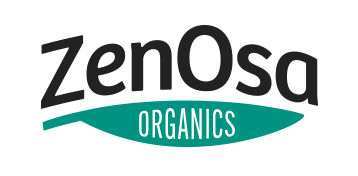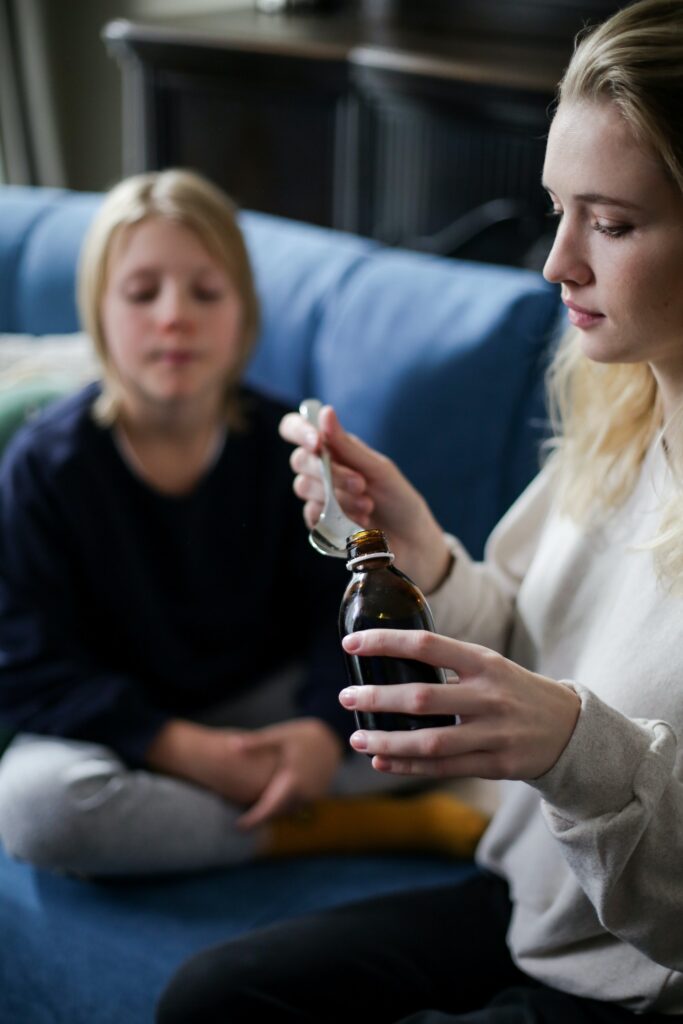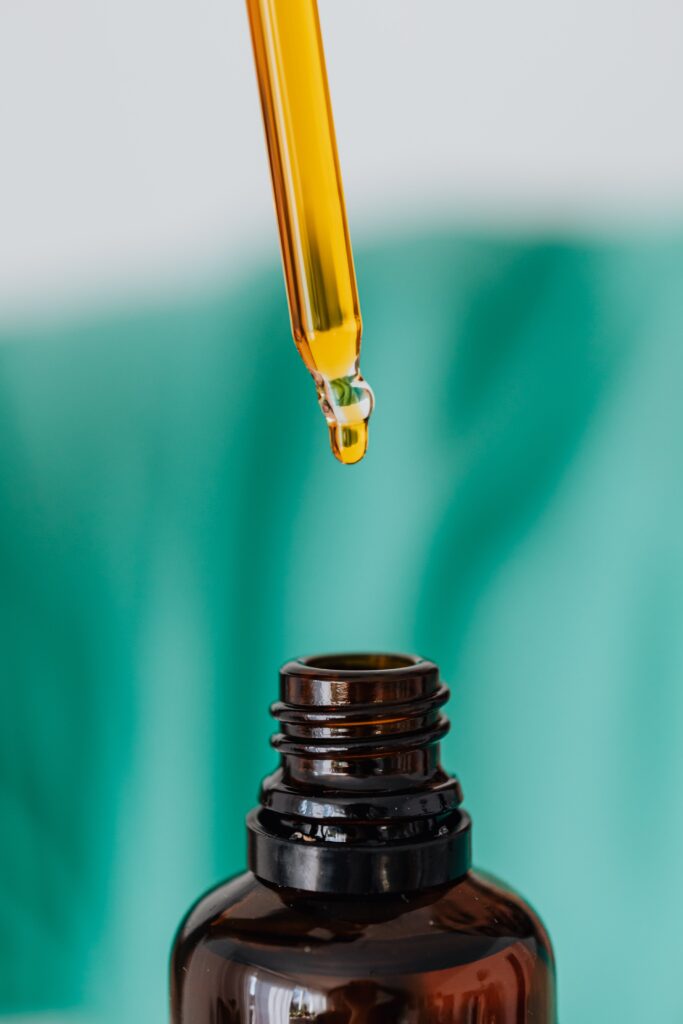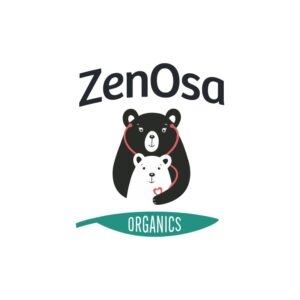5 tips on how to give medicines to kids
Giving medicine to kids and babies can feel impossible! But, with our 5 simple tips, giving medications to even the wiggliest little ones is doable.
1. Keep it positive!
Try to avoid creating a negative association.
- If we need to give medicines, our little one is already not feeling well. If we abruptly hold them down and forcefully squirt medicine in the back of their throats when they are already upset, they are unlikely to feel like cooperating. They also won’t be very excited about getting treatment the next time.
- Try to give the medicine when you and your child are calm. Some protesting may be unavoidable, but do what you can to make them comfortable before you start. Try to tell them in a calming voice what you are doing beforehand. For tiny babies, swaddle them and get them nice and cozy before giving the medication.
2. Be prepared.
Get everything ready before you start.
- You don’t want to be scrambling to open a medicine bottle while holding a squirmy baby.
- What do you need?
- Double-check your dose, draw up the right amount of medicine beforehand and set it in a spot you can easily reach.
- Call in backup if you need it.
- Even tiny babies can be tough to keep still, and having an extra set of hands to help with holding the baby or handling the medication can make things go a lot smoother.
3. Master your technique.
Yes, there is a technique!
- What not to do:
- Squirting the medicine straight in at once usually ends up with them spitting it out or gagging on it.
- What to do:
- Slide the dropper or oral syringe inside the mouth, along the inside of one cheek. Squirt a small amount of medicine to the back of the cheek and listen for a swallow. Repeat until you give the whole volume.
- You can even let them suck on the oral syringe if they like the taste.
4. A spoonful of honey helps the medicine go down!
Offer something yummy and comforting after the medication, like a breastfeed or bottle to soothe and help wash it down.
- For toddlers, you can offer something tasty like honey (only if your child is over age 1,) diluted juice, Pedialyte, or even a popsicle.
- As a bonus, offering your child extra fluids will help them stay hydrated, which is always important when they’re sick!
5. What if they spit it out?
Sometimes even with the best technique, your little one will spit that medicine right out.
- If it is relatively immediate (less than 30 minutes):
- If it is close to the total amount, repeat the steps above and give another dose.
- If it has been more than 30 minutes and they vomit:
- They have likely absorbed some of the medicine, so it is best to wait until it is time to give another dose.
- In the case of fever/pain remedies, you may be able to provide a different medication instead.
- Acetaminophen and Ibuprofen work differently and are safe together, so if your child has vomited after administering one and still has symptoms, you can give the other.





